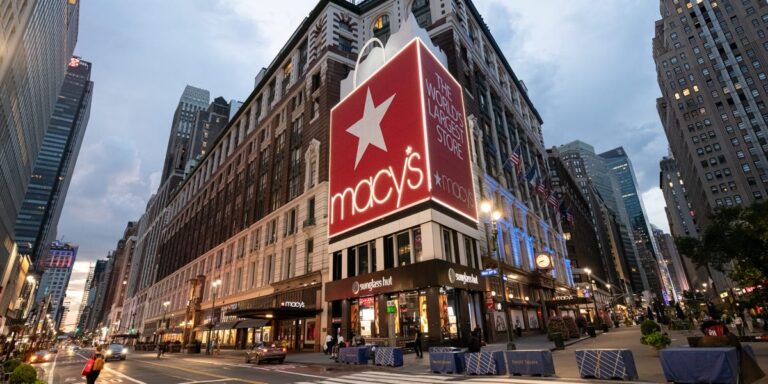- Macy's is one of America's oldest and largest department stores and an icon of American retail.
- Despite its dominance, Macy's has struggled to overcome sluggish sales in recent years and has been closing stores.
- Here we look at how Macy's became one of America's iconic retailers and its recent missteps.
After nearly two centuries in business, the Macy's name has become synonymous with pure American culture.
From its humble beginnings as a small dry goods store in New York City, Macy's has pioneered many of the modern department store's tropes, including in-store tailoring, dining and elaborate window treatments. Over the years, it has established enduring traditions such as the Macy's Thanksgiving Day Parade and its Fourth of July fireworks show.
Despite its dominance in both retail and culture, Macy's has not been immune to challenges such as the retail collapse and the pandemic, both of which led to declining foot traffic and sluggish sales.
In 2020, Macy's announced a major restructuring that included several years of store closures and mass layoffs in an attempt to get back on track, and has also made a series of executive changes, most recently in March when it announced that Tony Spring would replace Jeff Gennette as CEO.
In December, The Wall Street Journal cited sources as saying a group of investors had made a $5.8 billion bid to take Macy's private. After rejecting the offer, Macy's announced deep cuts last month to turn around years of slumping sales. The department store said it would close 150 stores and reinvest in better-performing locations.
In March, a group of investors consisting of Arkhouse and Brigade Capital made a higher offer of $6.6 billion, arguing that Macy's aforementioned restructuring plan “failed to inspire investors.”
While the retailer's fate remains unclear, we took a look back at Macy's rapid growth and recent struggles.

